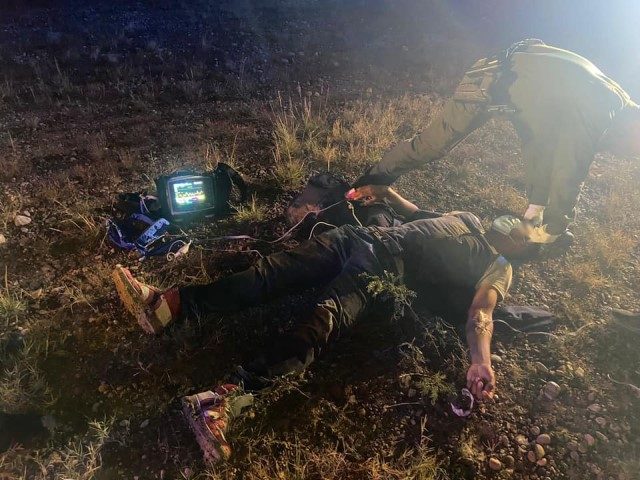The Del Rio Sector of the Border Patrol is reporting a dramatic increase in the number of rescues since October, more than 1,850 overall. The number represents a 1,400 percent increase over 2020. The rescues, like other metrics reported by the agency, are increasing this year at a phenomenal pace and will most likely break any standing record.
The number of rescues represents a small portion of the overall apprehensions in the sector this year. As of July, the Del Rio Sector reported 182,593 migrant encounters since October. The rescues account for slightly over 1 percent of the total. In the agency, a rescue is counted when a migrant suffers serious injury, requires life saving medical treatment, or is in life-threatening peril during an encounter.
In the previous week since Monday, the sector is reporting 85 rescues related to heat or traumatic injuries on freight trains. Migrant apprehensions on rails have also increased substantially within the sector.
The agency has a long history of preparing for situations that require agents to respond to migrants needing life-saving care no matter the surroundings.
In 1998, the Border Patrol created an operational component aimed at reducing migrant deaths along the southwest border. The BORSTAR unit, short for Border Search, Trauma and Rescue, is comprised of Border Patrol agents who are provided with specialized training in swift water rescue techniques, air medical deployment, and mountain rescues.
Rank-and-file Border Patrol agents, although lacking in the specialized training to conduct rescues, account for many saves annually. Most are prepared to administer first aid, control bleeding, and perform CPR. They enter waterways to prevent migrant drownings, treat for temperature related illnesses, and in some cases, carry migrants out of remote areas when they are too injured to walk.
The accuracy of the metric is at risk of being impacted, however, by the enormity of the challenges facing the agency. As the Border Patrol struggles to process, feed, and care for the largest influx of migrants in decades, routine patrols in most areas of the southwest border have been reduced to all-time lows. In the Del Rio Sector, most areas are void of any significant Border Patrol field presence.
As the Border Patrol is forced to reduce patrols, the number of rescues may tend to flatten as no agents are in remote areas—potentially leading to more discovered bodies in exchange.
Randy Clark is a 32-year veteran of the United States Border Patrol. Prior to his retirement, he served as the Division Chief for Law Enforcement Operations, directing operations for nine Border Patrol Stations within the Del Rio, Texas, Sector. Follow him on Twitter @RandyClarkBBTX.

COMMENTS
Please let us know if you're having issues with commenting.